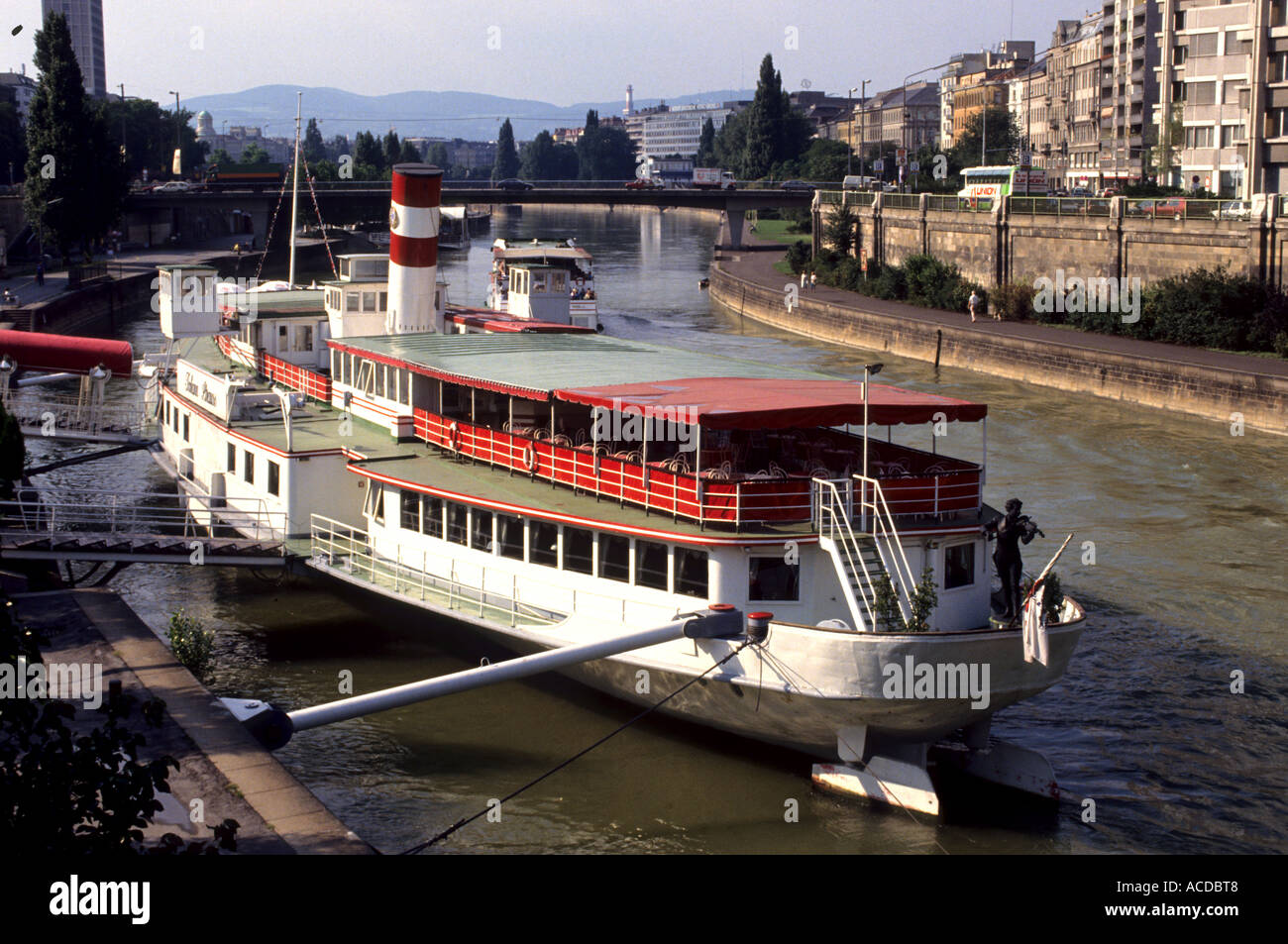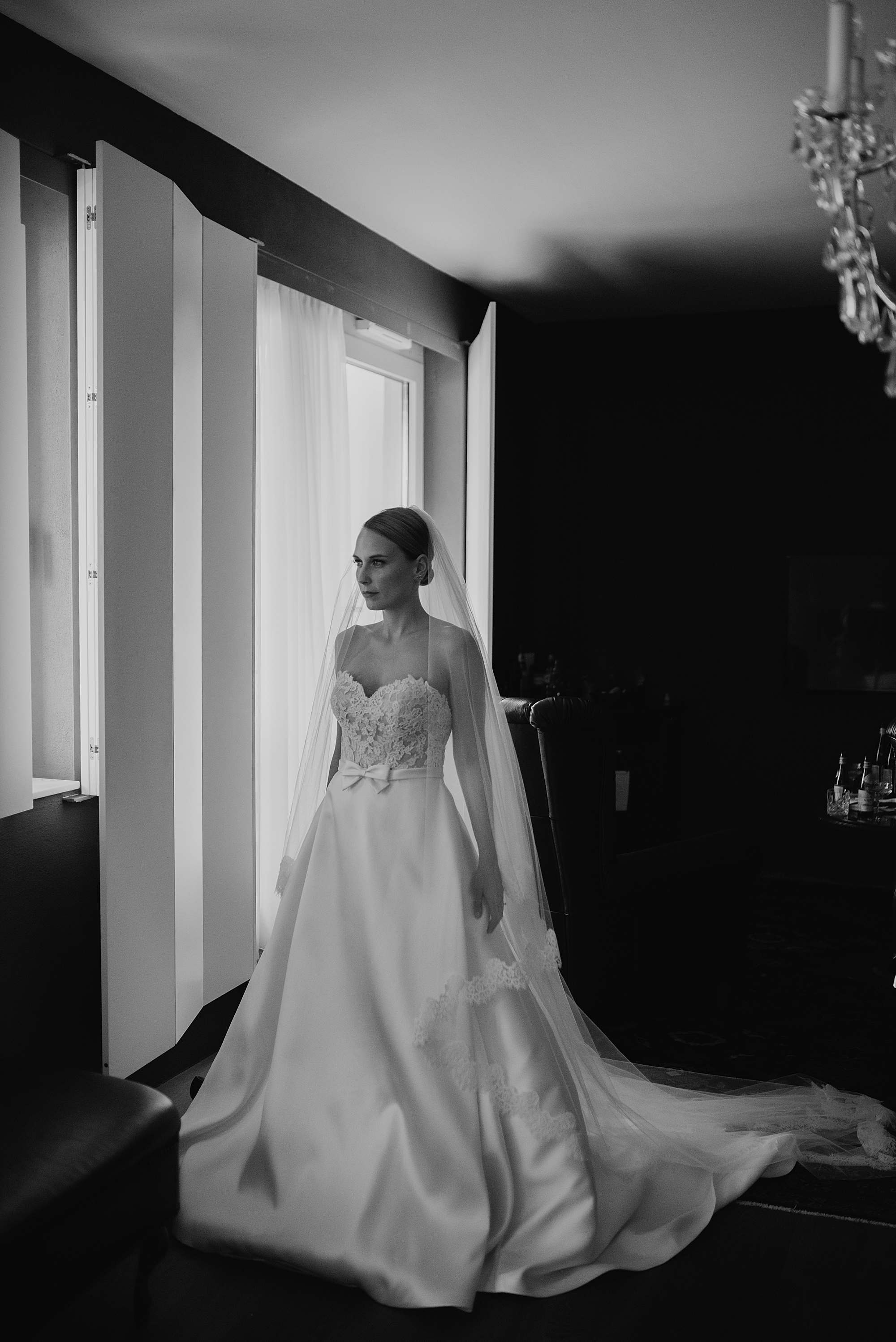

In private households, fikas are just as much a part of the daily routine as they are in the office, they are an essential part of personal well-being. Appropriately, in Copenhagen, Oslo and Stockholm you will find some of the best cafés in the world, serving filter coffee, espresso and the like, all of the highest quality.

"Also, the water is very good, low in calcium and other minerals." In Sweden, you may be invited to a fika, a coffee break that usually includes a piece of cake or a fragrant cinnamon bun, the kanelbulle. Star barista Tim Wendelboe explains this popularity with the darkness and cold that define life for many months of the year. No nation drinks more filter coffee than the Finns (twelve kilograms per year), Sweden is in sixth place, and in between, close together, are Norway, Iceland and Denmark. Which is all the more astonishing given the popularity of coffee in all Scandinavian countries today.

Although popular among the upper classes, coffee was subject to a royal edict, then to high taxes and finally to prohibition. Swedish coffee breakInterestingly, coffee beans arrived in Sweden at about the same time as in Austria, namely in the second half of the 17th century – but the new drink was received quite differently. Coffee demonstrates what is true for all luxury food items borders may exist on paper, but they cannot prevent their spread. The kapuziner, a small mocha with a dash of cream and a topping, spread from Austria to northern Italy before becoming famous – slightly modified and with the Italianised name of c appuccino, but more on that later. It is less well known that the precursor of one of the most popular coffee specialities also originated in Austria.

Coffee houses were a particularly popular meeting place for writers, artists and intellectuals Leon Trotsky, Sigmund Freud and Gustav Klimt were frequent guests and drew inspiration from them. The inviting atmosphere characterised by high-backed benches, a large selection of newspapers and the characteristic marble tables, played a large part in this. Since the end of the 17th century, the public – until 1856 exclusively men – met in the coffee houses for hours of discussion. Viennese coffee houses are places where "time and space are consumed, but only coffee is on the bill", as UNESCO poetically put it when it recognised Viennese coffee house culture as an intangible cultural heritage in 2011. It is a ritual that varies from nation to nation and culture to culture, but almost always has to do with community and social exchange.Ĭoffee as a cultural magnetIn Austria, people have centuries of experience with the communicative aspect of coffee drinking. Drinking coffee goes far beyond consumption.
#Coffee commercial vienna italy professional#
Even without being there, you understand why a professional like Wendelboe is so fascinated by the Ethiopian ceremony. The first of three rounds begins, and you can already guess how fantastic the coffee tastes from a distance. Once heated, the coffee is poured into small cups filled with sugar. Then an earthenware pot, the jebena, is placed in the embers. Meanwhile, the coffee beans are pounded to powder in a mortar and mixed with a little water then poured into the jebena. Drinking traditional coffee in Ethiopia, the home of the coffee bean, usually takes several hours.įirst, the beans are roasted in a pan over charcoal, which releases a beguiling aroma. But when asked by Falstaff which coffee culture he likes best, Wendelboe answers "Ethiopian" – and it couldn't be further from machine perfection. He could drink perfect coffee every day with the temperature of the water precisely controlled to the degree, beans ground by the gram and brewed with a stopwatch. Tim Wendelboe is a Barista world champion, excellent taster and owner of a coffee shop in Oslo, Norway.


 0 kommentar(er)
0 kommentar(er)
